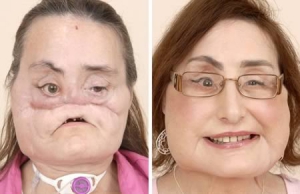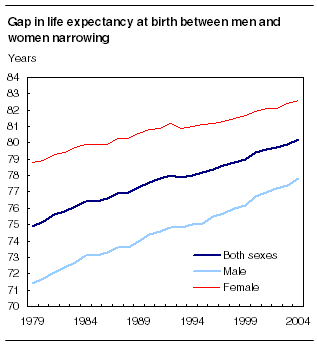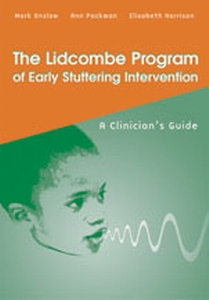Of all the common brain tumors in adults, gliomas are the most common cancers. The prognosis for patients who are diagnosed with this type of brain cancer is extremely poor. Researchers are still attempting to pinpoint the reasons why these tumors are starting to grow, as they have a very distinct formation of cells and seem to be different from other brain tumors.
In the recent past, a lot of attention has been focused on the aspect of mobile telephones and a possible risk of gliomas and other brain tumors associated with their use. The energy of the radio frequency fields emitted by cell phones is thought to be insufficient to cause DNA damage to brain cells that lead to the formation of cancer cells.
Epidemiologists have done studies on users of mobile telephones and have not generally reported an increased brain cancer risk in overall or long-term use. Individual studies have found positive associations between high-grade astrocytoma (glioma) and phone use, brain tumor and phone use in rural areas and use of analogue mobile phones.
A large population based case-control study of 966 patients with glioma in the United Kingdom was designed to investigate cell phone use and the risk of brain tumors. It was part of the Interphone project, which is an international collaboration of 13 countries that concerns itself with the risks of cell phone use and tumors. The south east of England as well as four areas to the north and southern Scotland was the area studied with a total catchment, which amounts to 48.3% if the UK population of 28.4 million. Cases with intercranial tumors were ascertained from various sources, hospital departments (neurology and others) as well as cancer registries. The study was introduced as one to examine risks factors for brain cancers without stressing cell phone use. During the interview those who were mobile phone users were asked detailed questions on cell phone use, which included the recording of all makes and models of phone. Regular phone use was defined as a period of at least six months in the time frame of more than a year before the patient had been diagnosed with glioma.
When all the data had been evaluated, there was no association of risk with lifetime years of use, cumulative use or cumulative hours. There was also no association with cell phone use in urban or rural areas and high or low-grade gliomas. The use of analogue phones was also scrutinized and there were no significant odds ratios with any exposure.
This study has nearly twice as many cases as the previously largest study on glioma patients and the use of mobile phones. In addition it has a large amount of comprehensive and relevant collection data. The results are also consistent with findings from investigations of mobile phone use in the US, Denmark and Sweden. Overall there are no substantially raised risks of of glioma in the 10 years after first mobile phone use. Only future studies will be able to address longer latency periods.
More information on brain cancer: http://nethealthbook.com/cancer-overview/brain-cancer/
Reference: Brit. Med. Journal (doi: 10.1136/bmj.38720.687975.55; published January 20, 2006)
Last edited October 30, 2014















